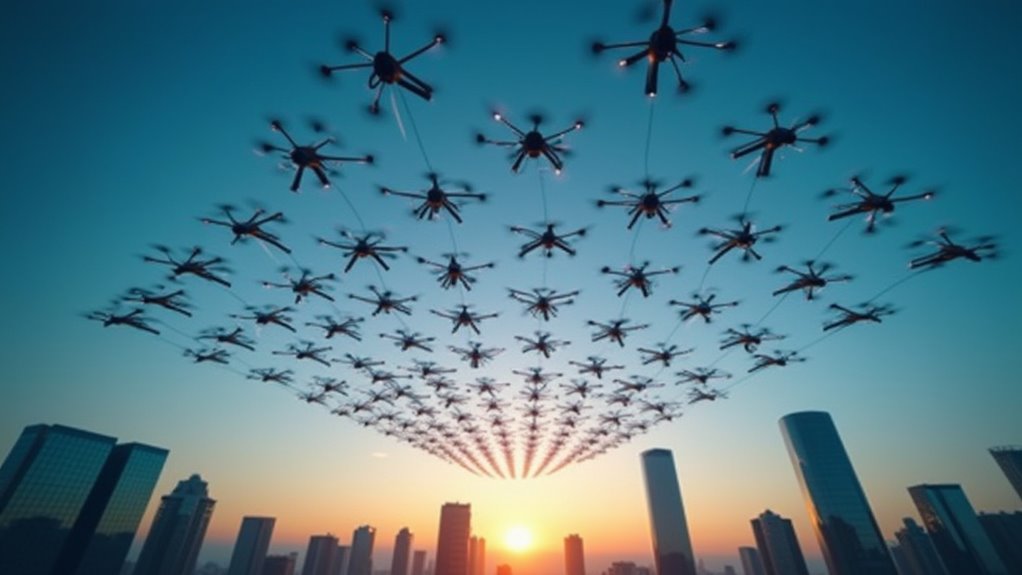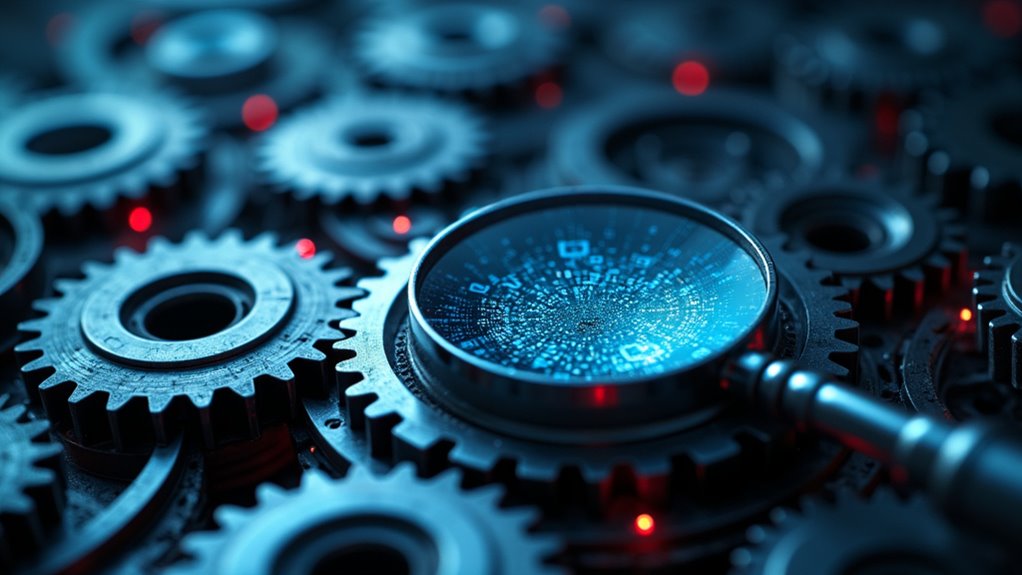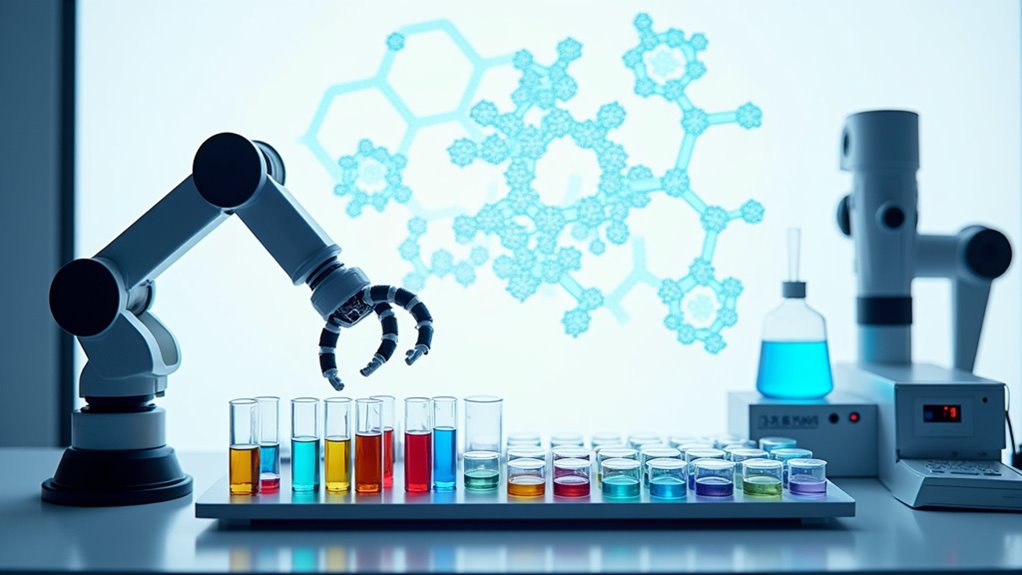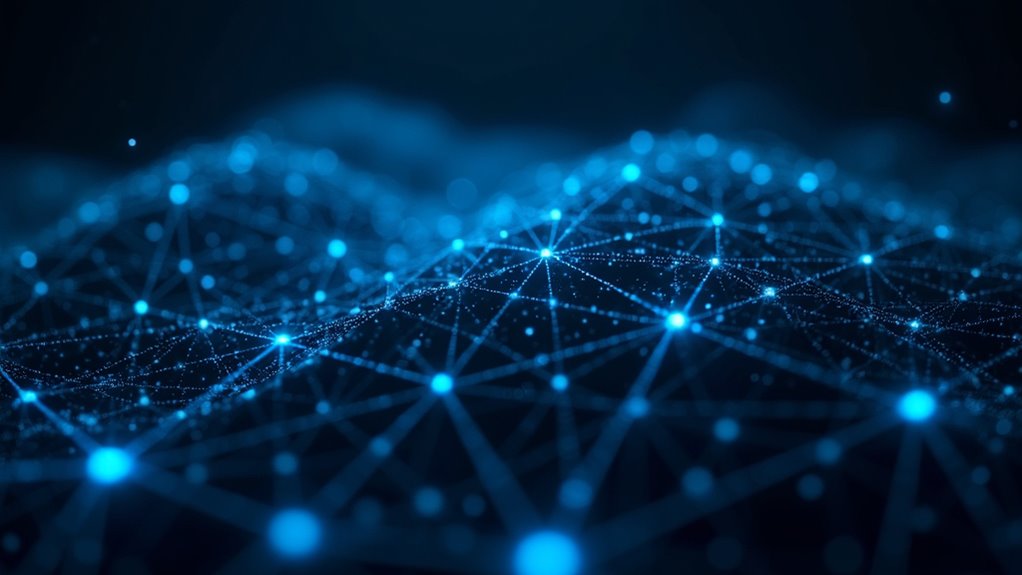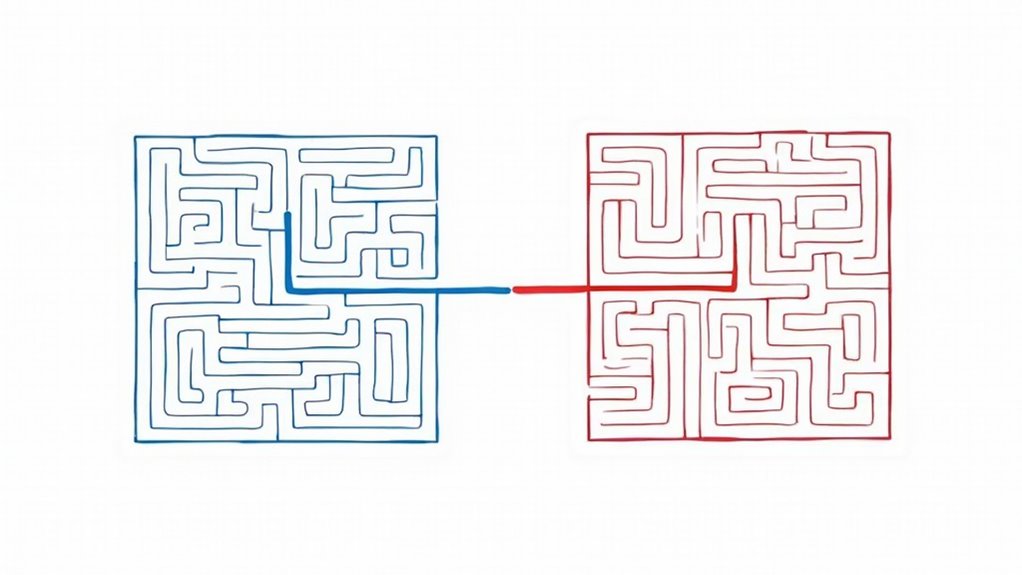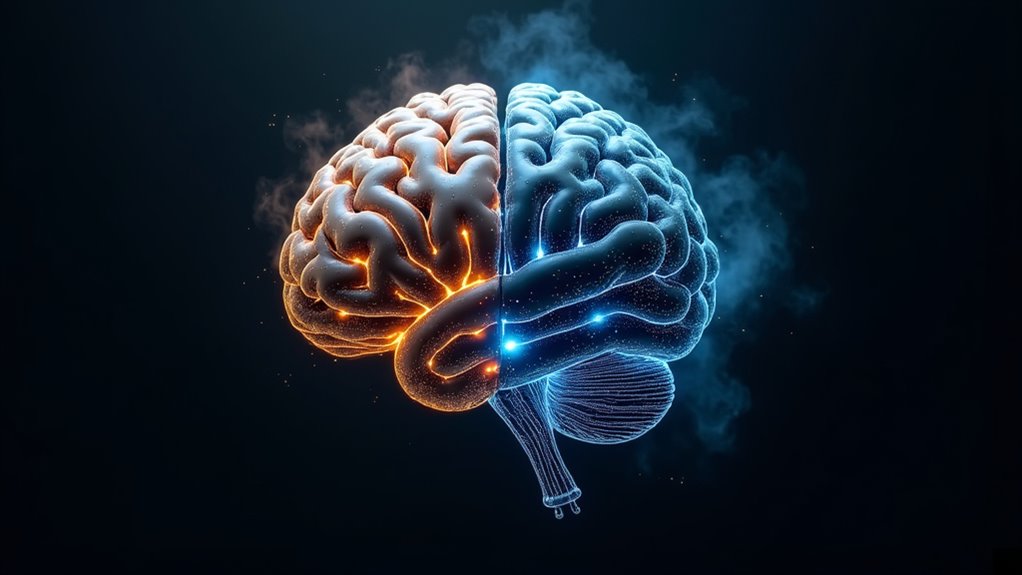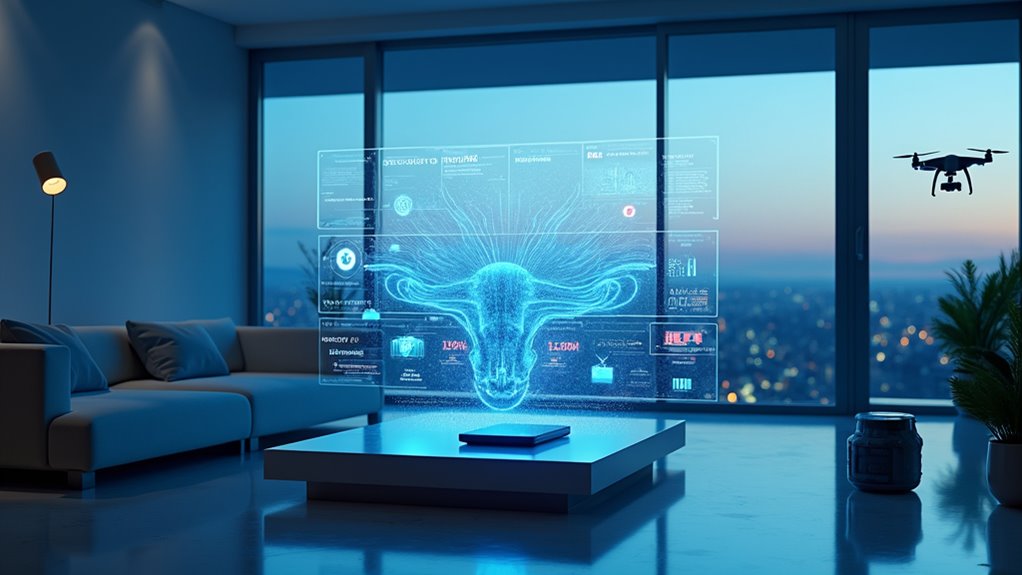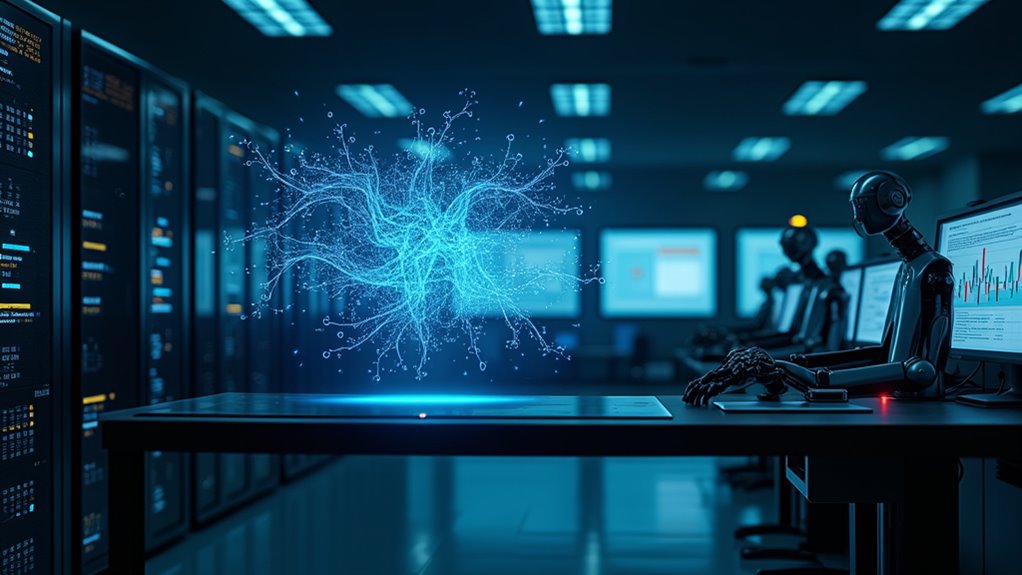Swarm intelligence represents nature’s brilliant solution to complex problems – just ask any bee or ant colony. This AI approach ditches the “bigger brain” philosophy for something smarter: multiple agents working together without a boss. Like insects, these systems communicate indirectly, adapt to changes, and solve problems collectively. From healthcare to stock markets, swarm-based AI is crushing it. And here’s the kicker: it’s more efficient than traditional single-agent systems. There’s way more to this buzz-worthy tech than meets the eye.
Nature’s smartest problem-solvers don’t work alone. From bees buzzing through complex pollination routes to ants creating superhighways of food transportation, swarm intelligence has been quietly schooling us in the art of collective problem-solving. Now, artificial intelligence is taking notes, and the results are pretty mind-blowing.
Think about it: traditional AI systems with their top-down, boss-like control are so last century. Modern AI is embracing the swarm approach, where multiple agents work together without a central commander barking orders. It’s like a really smart flash mob, but instead of dancing, they’re solving complex problems in logistics, healthcare, and environmental conservation. Indirect communication between agents through environmental changes makes these systems incredibly efficient. The integration with edge computing enables lightning-fast decisions right at the data source.
These swarm-based systems are ridiculously good at handling big data. While a single AI agent might choke on massive datasets, swarm intelligence breaks it down like a well-oiled machine. Particle Swarm Optimization, Bee Algorithm, and Ant Colony Optimization – these aren’t just fancy names to impress tech bros. They’re powerful tools reshaping how AI tackles everything from stock market predictions to traffic control in smart cities.
Swarm intelligence doesn’t just crunch numbers – it devours data mountains and spits out solutions faster than traditional AI could dream of.
The applications are everywhere, and they’re multiplying faster than ants at a picnic. In healthcare, swarm intelligence is revolutionizing drug discovery and surgical robotics. Retail giants use it to manage inventory like never before. Even environmental scientists are getting in on the action, using drone swarms to track wildlife and monitor climate change. No central control. No single point of failure. Just pure, decentralized problem-solving genius.
What makes swarm intelligence truly special is its adaptability. Unlike rigid traditional systems that break under pressure, swarm-based AI flows like water around obstacles. It scales up or down without breaking a sweat, handles complexity like it’s child’s play, and adapts to change faster than a chameleon in a disco.
The best part? These systems keep getting better, learning from each other in ways that would make Darwin proud. In the world of AI problem-solving, the future isn’t about building bigger brains – it’s about building better swarms.
